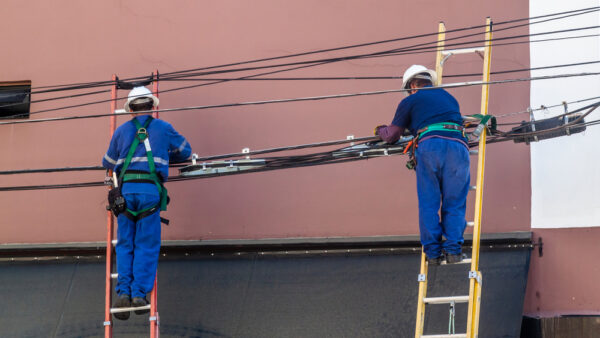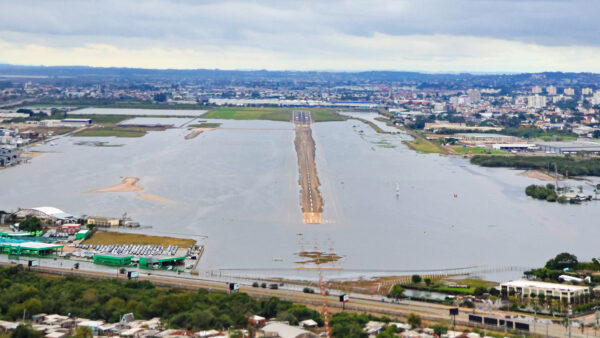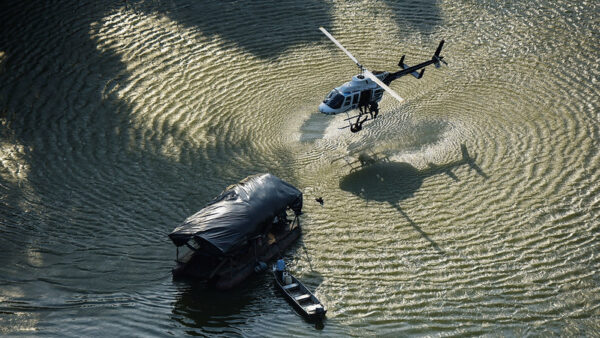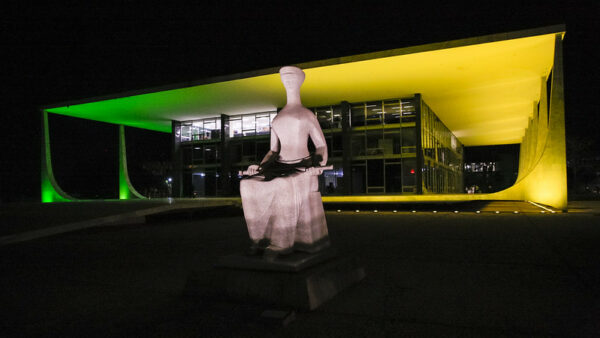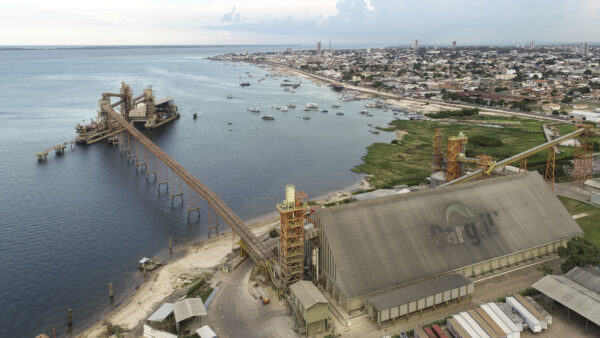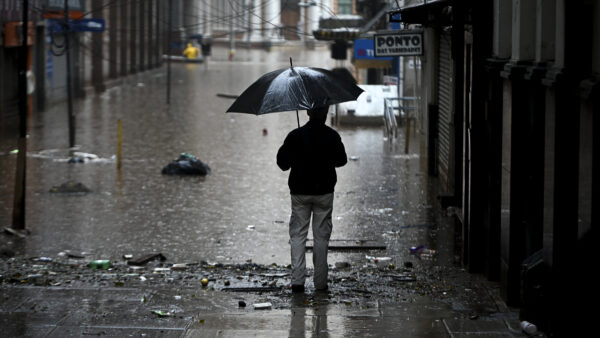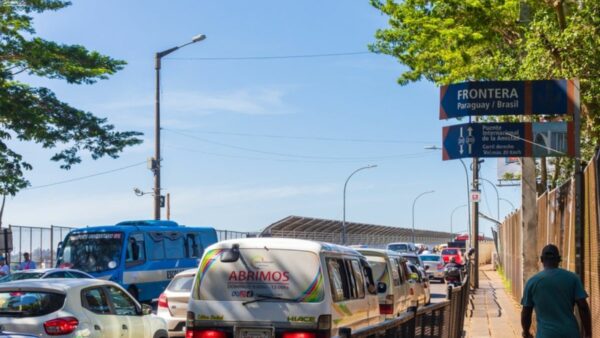While floods continue to devastate Rio Grande do Sul, Brazil’s southernmost state, a flurry of disinformation continues to be pumped into the public discourse.
Without a shred of evidence, multiple videos and social media posts claim that the floods were caused by a decision that the federal government allegedly made to open the floodgates of the state’s Taquari River dams. State authorities have debunked the conspiracy theory, but it has gone viral anyway.
More recently, even Army officers tasked with helping to mitigate the crisis spread falsehoods, echoing a false alarm of a dam collapse and carrying out an unnecessary evacuation. The Army temporarily relieved the soldiers involved in the case from duty and opened an internal investigation.
That said, authorities are not without blame in the disaster, and may in fact have contributed to the flooding. Several politicians, including Rio Grande do Sul Governor Eduardo Leite, worked to loosen hundreds of points of environmental legislation, eliminating precautionary measures and allowing real estate exploration in risk areas.
But, more than that, the direct responsibility of governments for the failures of cities’ anti-flood mechanisms is under debate.
Sebastião Melo, the mayor of state capital Porto Alegre, faced a short-lived request for his impeachment. The petition, filed by the Porto Alegre Residents’ Associations Union president (a man linked to the leftist Workers’ Party), accused the mayor of neglecting the maintenance of the city’s pumping stations and urban drainage system.
According to the document, City Hall has for years received warnings about deficiencies in pumping stations, but has not taken the necessary measures — not even after the floods that severely affected the city in September 2023. Citizens also complained that evacuation alerts were issued late.
The mayor denies the omission and attributes the catastrophe to the excessive volume of rain, greater than what was forecast in previous decades. He dismissed the impeachment request as a political dispute, suggesting a link between the petition and the October municipal elections.
With the mayor’s broad coalition in the city council, the impeachment request was pronounced dead on arrival, being rejected on Wednesday evening.
A robust system without maintenance
Due to their geography, several cities in Rio Grande do Sul are very susceptible to flooding — a vulnerability made more pronounced by the intensification of extreme weather caused by climate change. Major floods, for example, occurred in 1941 and 1967, although the 2024 catastrophe was the biggest of them all.
The state built an anti-flood system in the 1970s inspired by the systems used in the Netherlands, and it was well-regarded by experts. Currently, this system is 68 kilometers long and uses earthen dikes, a 2.65-kilometer wall, 14 floodgates, and 23 pump houses to propel water back into the river.
But the system didn’t work properly when faced with this year’s rains. Designed to withstand a water level of up to 6 meters, it could not withstand the 4.5 meters that reached Porto Alegre.
According to the Engineers Union of Rio Grande do Sul, in a document signed by more than 40 professionals, the capital’s system failed because it had not received the necessary maintenance. Even mobile pumps could have been set up.
“Last year, when the system was activated during the floods that began in Vale do Taquari and which also flooded the metropolitan region [of Porto Alegre], the deficiencies in the floodgates became visible. They were easy to fix, but they were not [fixed],” stated the experts.
According to Porto Alegre’s water and sewage department, the trash and sand washed away by the first floods also contributed to clogging drains and pumping and drainage systems. Problems with the electrical network also affected the operation of the pumps.
In this cascade effect, episodes of flooding followed one another, as rain hit the city again.
The dams’ role in the floods
The partial collapse of the so-called 14 de Julho dam on May 2 propelled false narratives about the causes and those responsible for the tragedy, as did the possibility of opening the floodgates of two other dams as well
The collapse of the 14 de Julho dam occurred when the structure was already submerged, according to the National Electric Energy Agency, which is investigating the episode.
In addition, in these three cases, the dams were not built as flood containment dikes but as structures to integrate hydroelectric plants that operate in the “run-of-river” mode, that is, without damming the rivers’ course.
As such, the opening of floodgates only relieves pressure on the dam’s structures and is not capable of influencing water flow volumes. This is what happens in most of the state’s hydroelectric plants.
Some engineers say, however, that more dams aimed at containing floods should be built. Notwithstanding, they also state that legislation is still an obstacle to this type of construction, bypassing dams for generating energy or guaranteeing sanitation.


 Search
Search


















